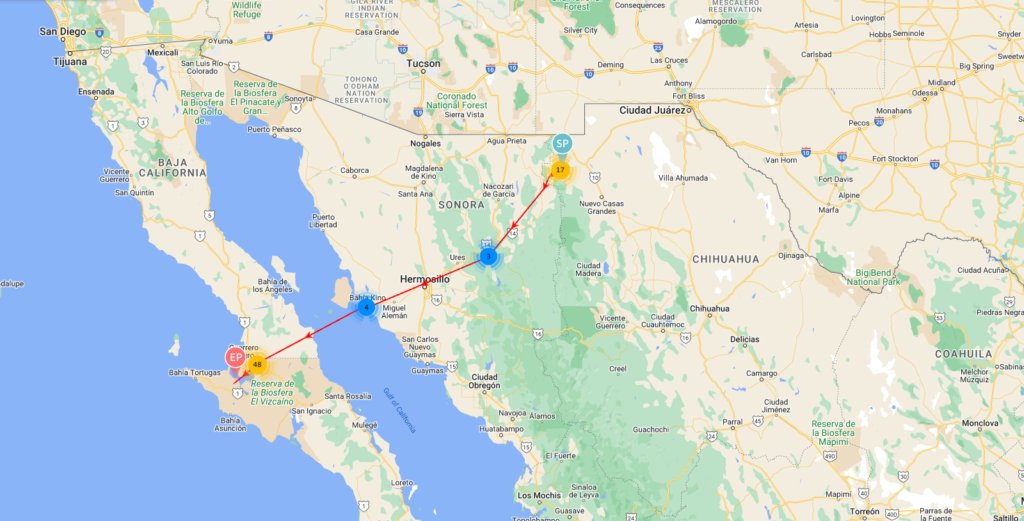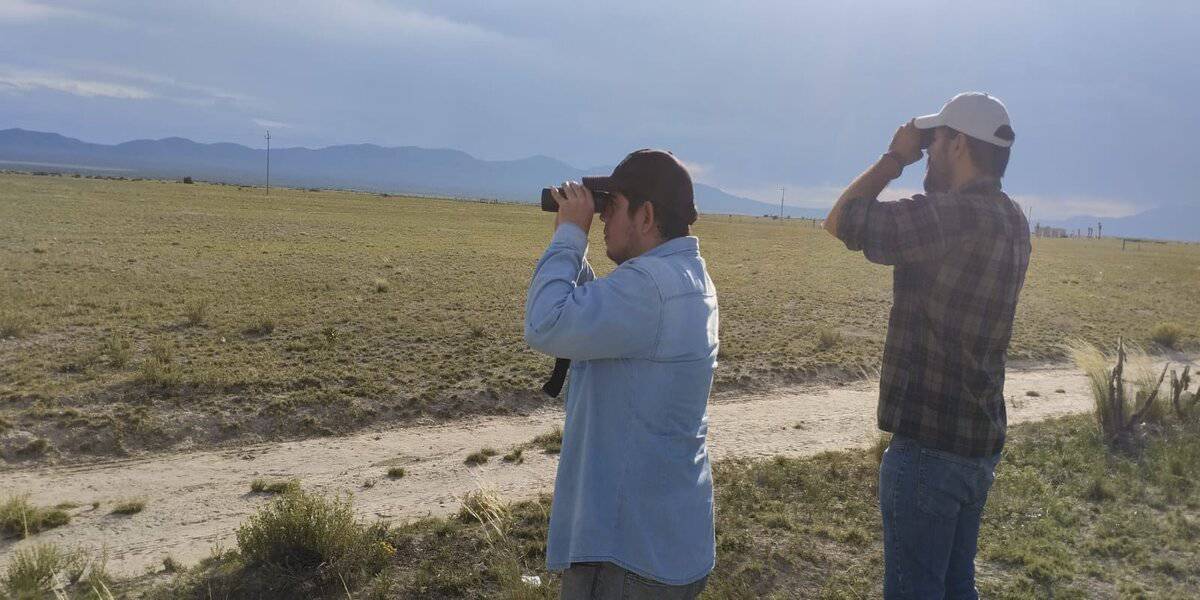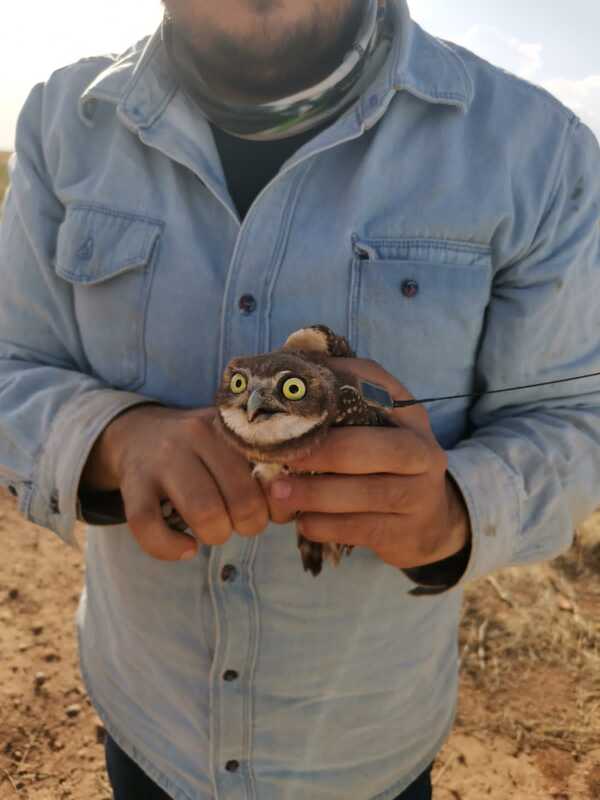By Jordan Mario Ramírez Arteaga, Master’s Degree in Environmental Sciences, State University of Sonora
The Western Burrowing Owl (Athene cunicularia hypugaea) is a small bird of prey, and unusual in nature, nesting in underground burrows rather than in trees. This owl does not exceed 238 g and a height of 20 cm. Its habitat consists of large open areas with sparse woody vegetation, such as grasslands, deserts, pastures, and agricultural fields. They are closely associated with burrowing mammals such as prairie dogs and ground squirrels.
The Burrowing Owl is protected in Mexico, the United States, and Canada under the Migratory Bird Treaty Act and is considered by the United States Fish and Wildlife Service as a bird of conservation need. In Mexico, the species is listed in the Norma Oficial Mexicana NOM-059-SEMARNAT-2010, under the classification of “Special Protection (Pr).” The Western Burrowing Owl is generally found in western and central North America, ranging from the plains of Saskatchewan in Canada to the northern and central areas of Mexico, traveling great distances during its migration-dispersal movements.
Populations of Burrowing Owls are decreasing in the northern part of their distribution, with a 100% migratory population, while populations in the southern limit of their distribution are increasing. One hypothesis of these demographic patterns is that Burrowing Owls are modifying their migratory behavior (migration-mediated dispersal), associated with the expansion of agricultural areas.
To provide information on dispersal and migratory movements, State University of Sonora, in collaboration with the University of Alberta and the University of Idaho, placed transmitters on birds during the 2023 breeding season (May-August) before they made their natal dispersal.
Push-door traps designed for capturing Burrowing Owls were used. The device consists of a wire mesh structure with a lighter mesh door suspended loosely over the burrow entrance. A jute cover is added to the trap to provide shade and insulation.
Once set, the traps are left in position for 5 to 7 hours, with checks conducted every 20 to 30 minutes, to prevent the animal from being trapped for long periods of time. Once the owls were captured, they were tagged using satellite transmitters with ARGOS technology.
Fourteen transmitters were placed in the 2023 breeding season at the Hermosillo (Sonora), San Rafael (Nuevo León) and Janos (Chihuahua) sites. Significant dispersal-migration movements were documented in juvenile owls that were tagged with transmitters in northern Mexico during the summer of 2023, with movements greater than 1,000 km from their tagging site.

Preliminary results show significant movements of juveniles in the Janos area, making movements through the western Sierra Madre, the desert scrub of Sonora, and ending in Baja California Sur, making a non-stop flight of more than 100 km through the Sea of Cortez. Likewise, there are movements from the Janos area to the vicinity of Lake Chapala, in Guadalajara, Mexico, making a movement of more than 1,000 km. Likewise, significant movements were recorded in the areas of San Rafael, and an owl was found in the areas of Guerrero, Mexico.
These results will contribute to understanding the different factors that affect the regulation of the Burrowing Owl population and will serve as an essential tool in the protection of the species by allowing the coordination of conservation efforts along its migratory route.


